How you spread the love of Christ, and hope, through MAF in the wake of violence
In the aftermath of tragedy, Jesus went up to a remote place to be with His Father. Soon He was surrounded by people in need. He went over to them and healed them. As the day turned into night, His disciples wondered how they were going to feed the thousands of people who had gathered—not unlike a crisis that unfolded near one of our MAF bases.
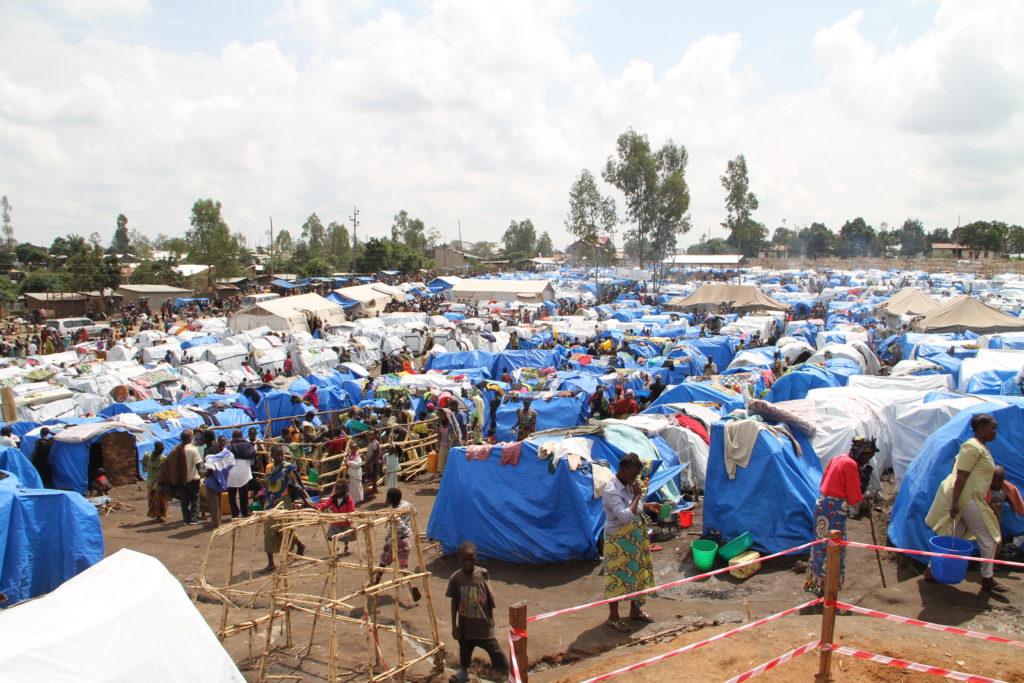
CRISIS IN CONGO
Earlier this year, horrific violence broke out near the eastern border of the Democratic Republic of the Congo (DRC) and Uganda. The Congolese city of Bunia swelled as an influx of people sought refuge from the nearby conflict. Soon tens of thousands of internally displaced people (IDP)—some estimates put that number near 100,000—found themselves in a makeshift camp with little to no shelter, food, or water.
Ashley Petersen, an MAF missionary, remembers the first time she came over a hill in Bunia and saw the masses of hungry, sick, and wounded people.
“This experience forever altered my perspective on the world,” wrote Ashley in a blog post. “There was much pain and suffering but we were able to bring some joy and smiles with our visit, feed a few who hadn’t eaten in days, and put a tarp over a few families’ heads to block out the rain.”
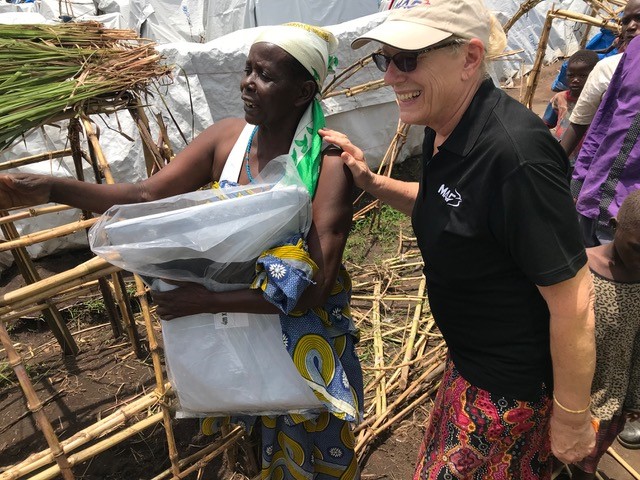
The city of Bunia is about an hour and a half drive over dirt roads—or an eight minute flight on an MAF airplane—from the MAF base in the town of Nyankunde. (MAF has offices at the airport in Bunia as well.) This region is no stranger to violence, and the MAF hangar in Nyankunde still bears the physical—and, for many, emotional—scars of tribal fighting in recent decades.
Nyankunde was once a bustling community filled with workers from many different Western mission and non-profit organizations. But that changed as violence escalated throughout the ‘90s and early ‘00s. MAF played a key role in evacuating people as rebels overtook the area.
So when the recent round of fighting erupted, MAF was in a unique position to provide help to those affected.
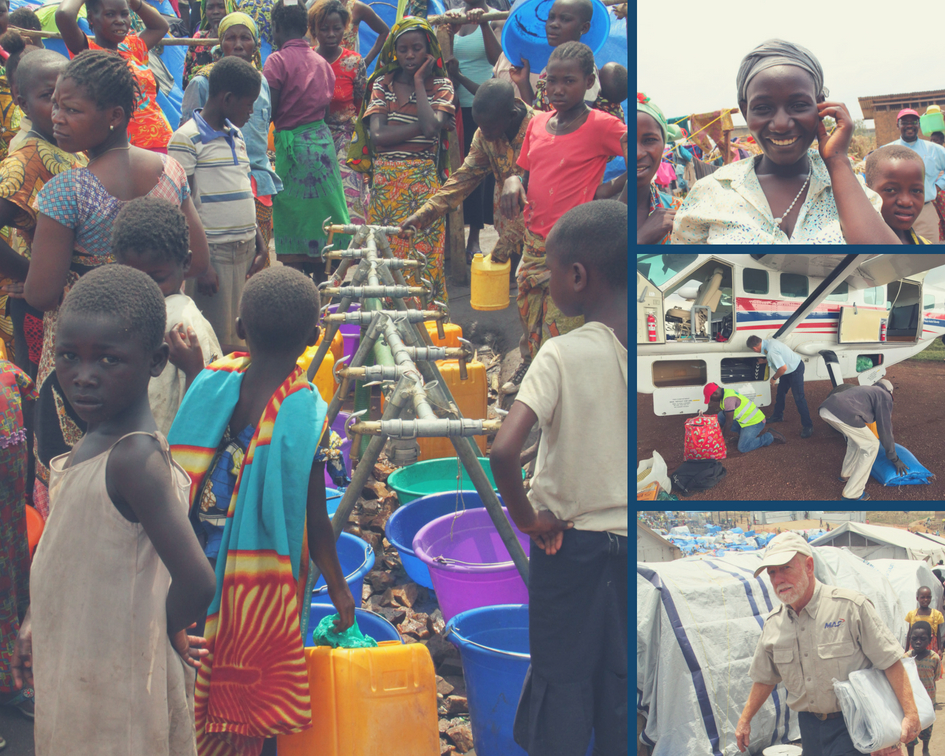
ONE AT A TIME
When MAF staff first came to the camp, the situation was extremely dire—hungry and scared children, desperate mothers, people with gruesome machete wounds—everyone struggling to find relief in the volatile Congolese weather. To compound matters, there was initially only a few bags of rice to feed the roughly 100,000 people.
“We met a woman who had just come to the camp that morning,” said Jon Cadd, a long-time MAF mission pilot in Africa. “She was carrying her child who had the extended belly and reddish hair of the malnourished. They had been hiding in the bush for a month, running from people who were trying to kill them. She had seen others killed and, in fact, lost her husband. She finally felt she must get out of the area and walked for four days to Bunia and had just come to the camp before we got there. We were able to help her with food right then.”
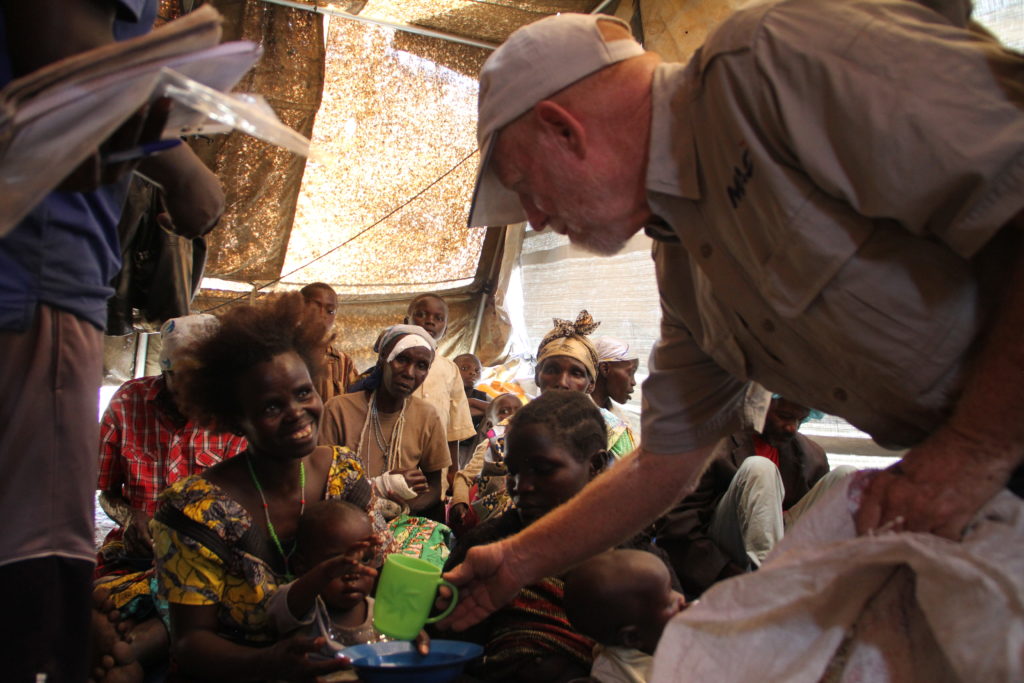
MAF began raising funds to provide food, cooking utensils, and tarps for shelter for these people. People like you made it possible for MAF staff to purchase and deliver food and supplies to the camp on multiple occasions. Your donations allowed MAF—one of the few organizations responding to the crisis—to begin meeting the needs there.
But in the face of such great need, any amount of help can feel like a drop in a bucket.
Jon shares a conversation he had with a Congolese MAF staff member who had visited the camp with him. “I asked Anecho about what he had seen,” said Jon, “and he replied ‘Compassion, I have compassion on these people. But what can I do about so many people?’ ”
Jon recalls Jesus’ words to the disciples with the 5,000: “You feed them.”
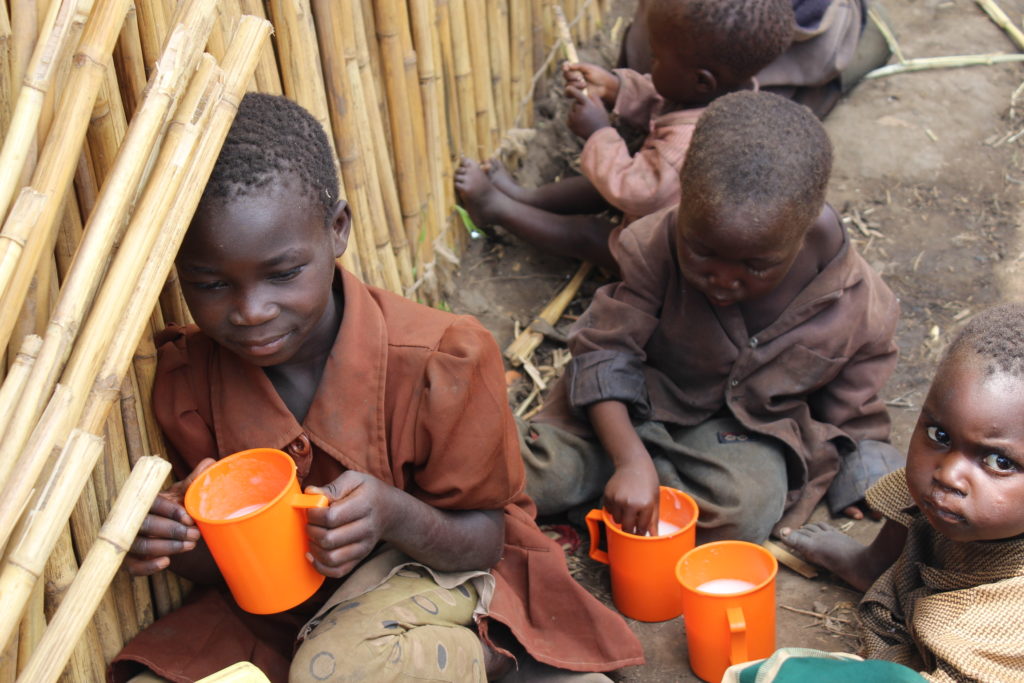
GOD MULTIPLIES
The needs in the camp are still great and the situation is far from resolved. One of the MAF staff members estimates that MAF and local Congolese Christians are managing the only feeding program for the people of the Bunia camp—and MAF is donating the bulk of the food.
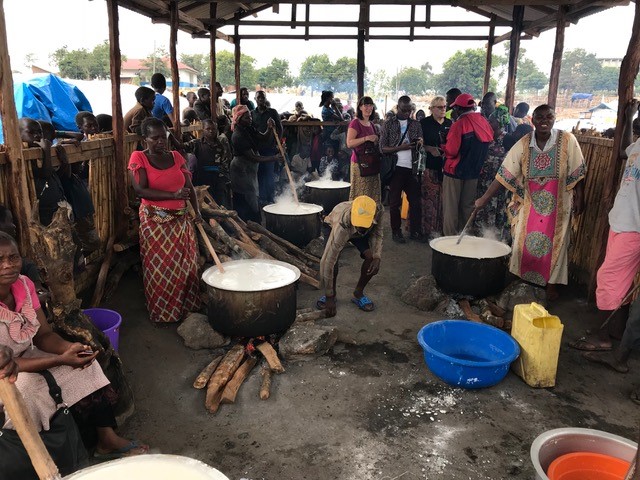
“We do what we can do and let God sort out the rest,” said Jon. “Because people gave money [to MAF] we can now do things we could not do before. We have been shocked at the way God has provided. More than 5,000 people are being fed more than just one meal. I always wondered how Jesus could say the works I do, you will do and greater works because I am going to my Father (John 14:12). I am not saying that we are doing greater things than Jesus, but that He is doing things here and allowing us to be part of it.
“I would love to thank everyone who has helped us to make a significant difference in the lives of these people who have suffered so much. As physical scars heal we pray that the traumatic events, so fresh in people’s minds, will also be healed.”
Story originally appeared in the summer 2018 issue of FlightWatch. You can read the entire issue here:


